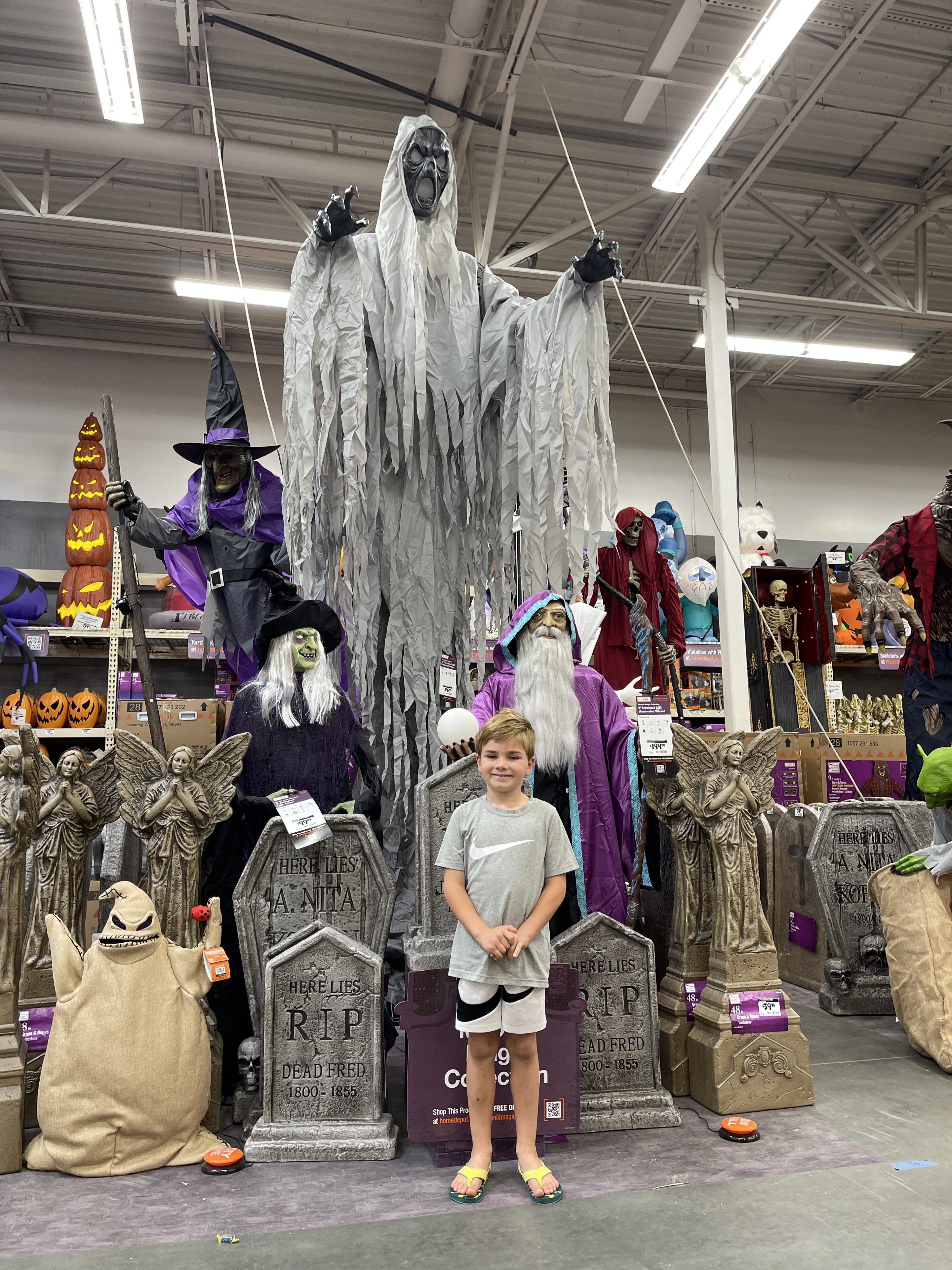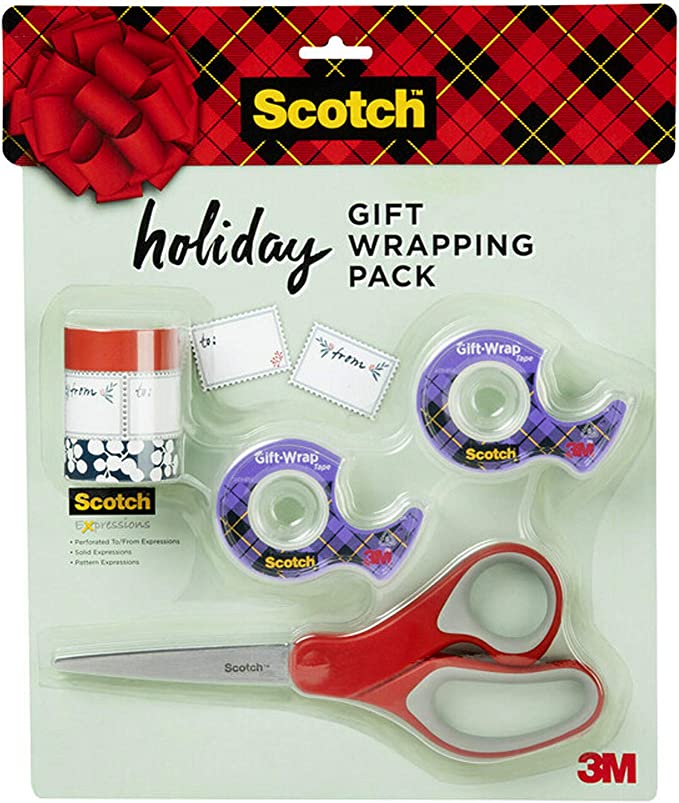
Seasonality is a term we use to describe the routine peaks and valleys in annual retail sales and traffic. Seasonality originated in the grocery industry where variety was tied to seasons, and timely promotion was a competitive advantage. Then, as global markets delivered year-round abundance, growing cycles became irrelevant, and retailers had to find new ways to promote variety and novelty.
The beginnings of strategic seasonality
The era of manufactured seasonality began with popular holidays and events with ties to shopping. Think Christmas, Halloween and Back-to-School season. Retailers soon amplified these events and extended them into longer and longer seasons with great success. And shoppers loved every minute of it until Christmas began to invade Thanksgiving and then Halloween…and now seems ready to eat into Back-to-School season. For those tracking the holiday season, our first documented sighting of 2022 holiday decor was mid-September.
Present-day seasonality clearly isn’t defined by traditional shopping events anymore. Instead, it’s designed to create shopping events. Consider the popularity of Amazon Prime Day. The first Prime Day occurred on July 15, 2015. It lasted a single day. Fast forward to 2022, and Prime Day has expanded to include two events – one in July and another in October – and will occupy at least five shopping days in aggregate. Prime Day is not tied to a cultural or calendar event. Rather, it is a manufactured and global shopping event.
Retailers have also become skilled at manufacturing retail holidays from otherwise non-shopping holidays. Labor Day is a perfect example. Initially established to honor the achievements of the labor movement in America, Labor Day has grown into a major shopping event known across the retail industry for moving discounted merchandise, from housewares to clothing and technology products.
Seasonality benefits retailers, shoppers and brands alike
It’s a bit of an understatement to say that retailers have gotten really good at managing seasonality – through a combination of merchandising, advertising, purchasing and messaging – in order to stimulate purchase triggers in their shoppers. With the right seasonal strategy, retailers and brands can move just about anything, from inflatable dragons to charcoal grills.
But don’t think it’s all about the profit. Shoppers benefit from seasonality, too. For starters, they can save money. Consider the massive discounts shoppers can score during sales events like Prime Day and Labor Day. Seasonality is convenient, too. Think about how seasonal displays make it so easy to buy Halloween candy during October. Similarly, grocery brands make sure you never roll up to a Super Bowl party empty-handed.
There’s abundance, variety and excitement in the retail festivity. Strategic retailers are creating unique seasonal experiences that shoppers go out of their way for. “The Home Depot has become a destination for my family at Halloween,” says Porchlight Founder Greg Corey. “As soon as they go back to school, my kids start asking me to take them to The Home Depot to see the Halloween displays.”

Image Source: Greg Corey
There’s something for everyone in seasonality, including brands. Many brands have found ways to benefit from retailer-led seasonal strategies. Innovative and sophisticated brands have even led the development of seasons. Think about the promotions for storage containers and closet systems that happen, by design, in January when the holiday clutter is no longer festive. The organizational season is driven by smart brands – think Elfa, Rubbermaid, ClosetMaid and Sterilite – working with retailers to capitalize on the post-holiday purge.
Advice for brands looking to improve or implement seasonal strategies
A seasonal strategy is holistic. It’s designed with the peaks and valleys in mind. Seasonal strategy is designed to take advantage of the highs by planning ahead with a focus on timely inventory, advertising, marketing and merchandising. In doing so, a seasonal strategy prepares for the inherent lows of the off-season, thereby minimizing their impact on the bottom line.
While national brands are in the best position to influence retail-led seasonal strategies, they aren’t the only brands that can benefit from seasonality. Because it’s inherently strategic, seasonality benefits brands of all sizes. It helps brands deepen audience understanding, provide greater value, improve marketing ROI, reveal partnership opportunities and minimize off-season losses. Let’s look at each of those benefits in detail.
Added buyer insight and value
For a seasonal strategy to be successful, it must be grounded in value. This begins with the question, “Who is my target audience right now?” By exploring this idea, brands build insight into the seasonal activities, concerns, wants and needs of an individual audience. In doing so, brands can deliver event-specific value to consumers at an exact time or season.
A seasonal strategy that delivers value benefits shoppers and brands alike. While the audience receives solutions to seasonal motivations and challenges, brands benefit from added insight into consumer buying cycles and purchase triggers. Such value-oriented insight leads to the development of more effective positioning.
This Scotch Holiday Gift Wrapping Pack is an excellent example of a seasonal strategy that uses packaging to deliver convenience to busy holiday shoppers who want a grab-n-go solution.

Image Source: Amazon
More effective messaging, marketing and merchandising
Often, brands mistake seasonal experience for seasonal positioning, jumping straight to the displays, ads and clever taglines we are so familiar with. But such shortcuts are undoubtedly felt by shoppers. Brands that deploy a manufactured seasonal position come off as opportunistic and risk damage to their brand perception. If you’ve seen the ads for Mother’s Day at Hooters, you know what we’re talking about.
In contrast, brands that have invested in value-driven seasonal positioning see a greater return from their messaging, marketing and merchandising. Because the displays, ads and jingles are the items shoppers experience, those rooted in value resonate more deeply and authentically with shoppers.
Opportunities to increase impact through co-branding
Another key component of a successful seasonal strategy is partnership. Again, brands that jump ahead too quickly often miss the opportunity to develop creative, co-branded seasonal positioning. Collaborative positioning enables noncompetitive brands to share and leverage resources. The mutual benefits include increased brand awareness, merchandising influence, shared costs and increased profits.
Take a look at this terrific May 4th Star Wars promotion from The Home Depot. The company partnered with a DIY influencer to create an amazing fighter pilot costume that uses products from Behr, Scotch and Ryobi.

Image Source: The Home Depot
Minimize off-season slumps
Brands that develop successful seasonal strategies take full advantage of the peaks in retail sales. In doing so, they are less affected by the off-season valleys inherent in the shopper buying cycle. By investing in seasonal growth, brands increase awareness, which can aid in year-round sales.
Likewise, brands that embrace seasonality are better equipped to plan and optimize their manufacturing and distribution channels to support seasonal shopping. This can include changing to a seasonal manufacturing schedule, or it can simply include better forecasting and production. The adaptation depends on the product, while the key difference is that brands that embrace seasonality are less likely to be blindsided by the inherent highs and lows of retail.
Seasonality is an opportunity, make the most of it
If you take one thing away from this article, it’s this: Seasonality is an opportunity to explore your brand in new ways. Seasonality creates an opening for so many relevant strategic questions. How does your product change in the eyes of shoppers from month to month? What events are your shoppers facing throughout the year? Is there an ideal time and season for your product? If so, make sure you make the most of it. Get out your calendar and start today!